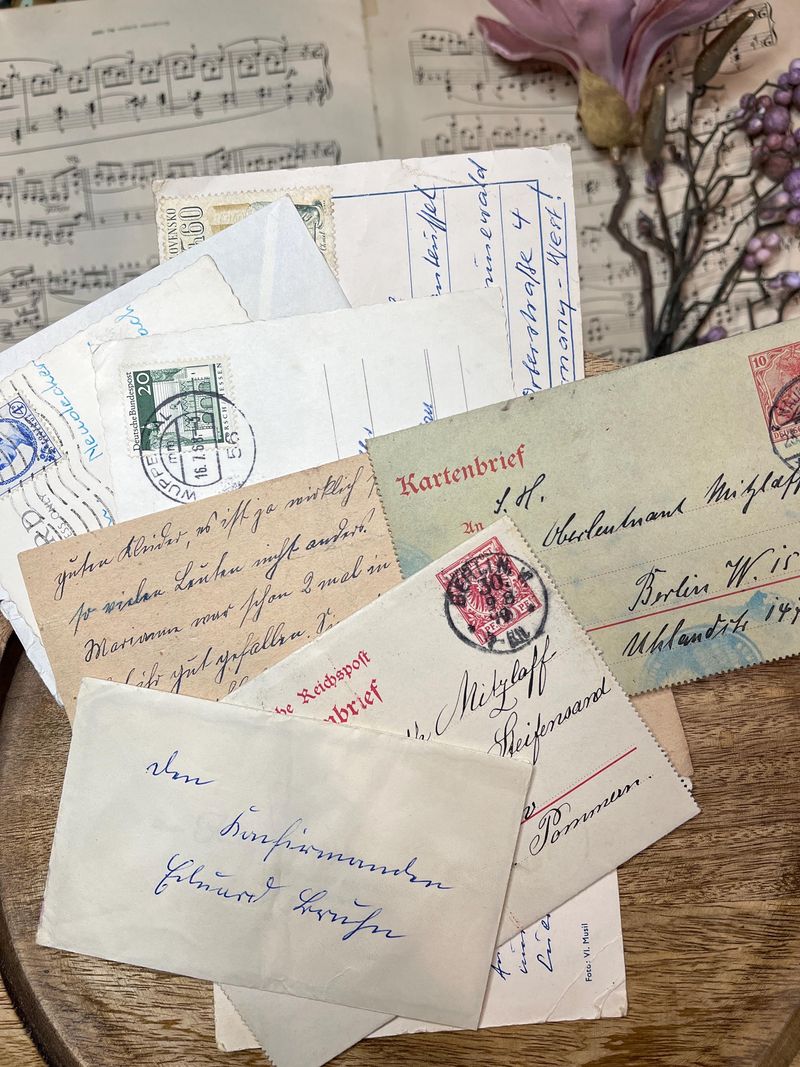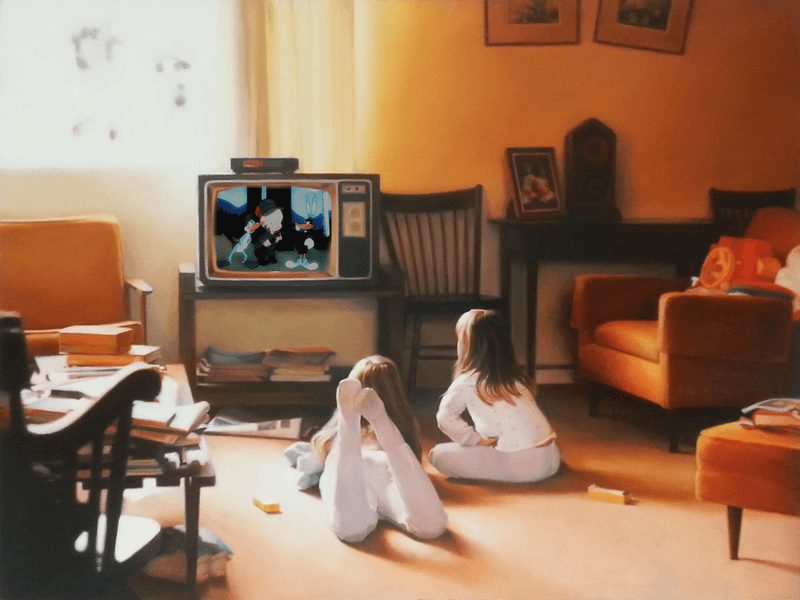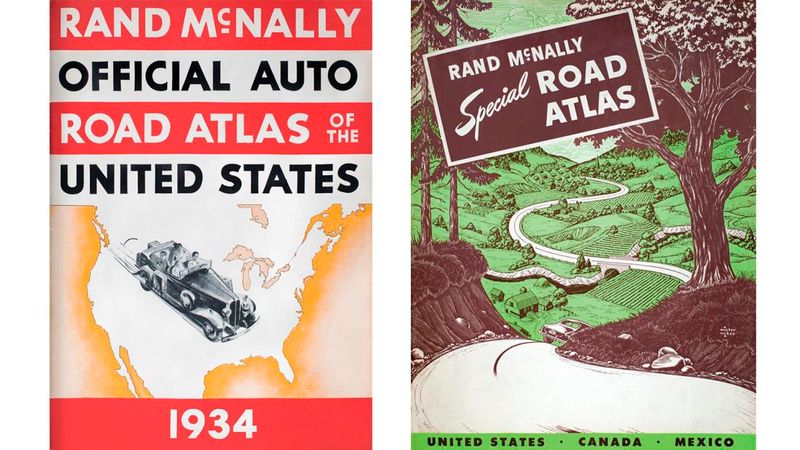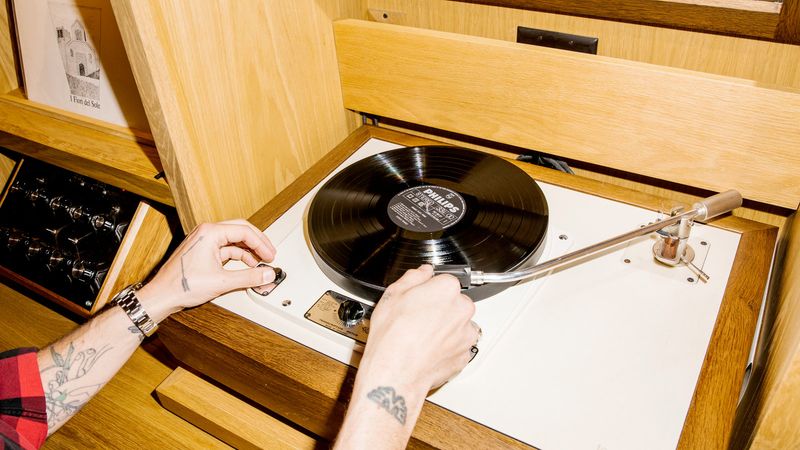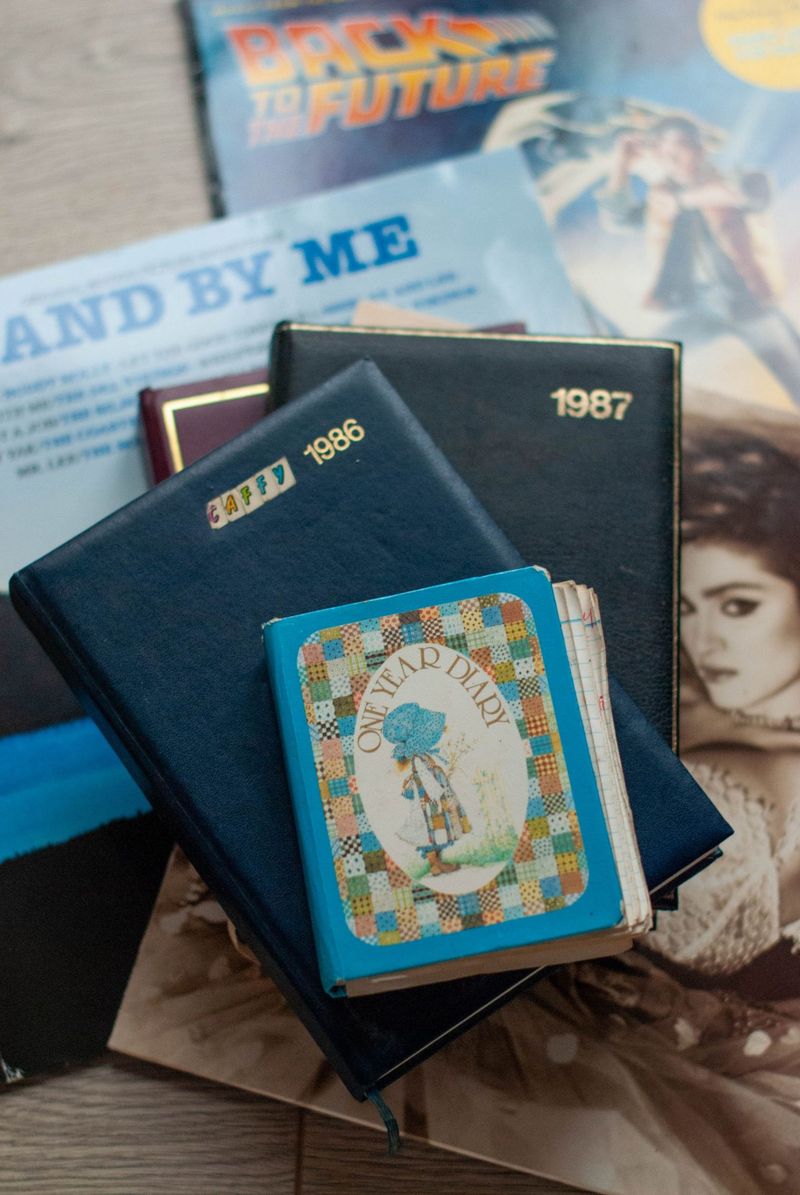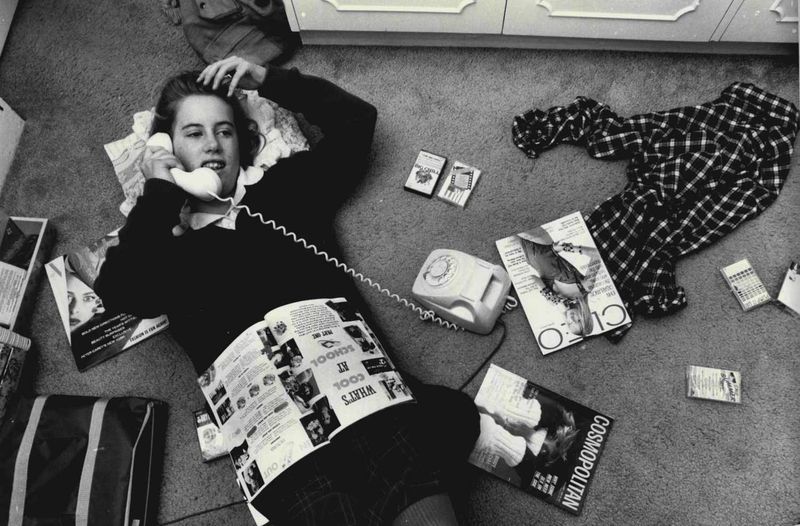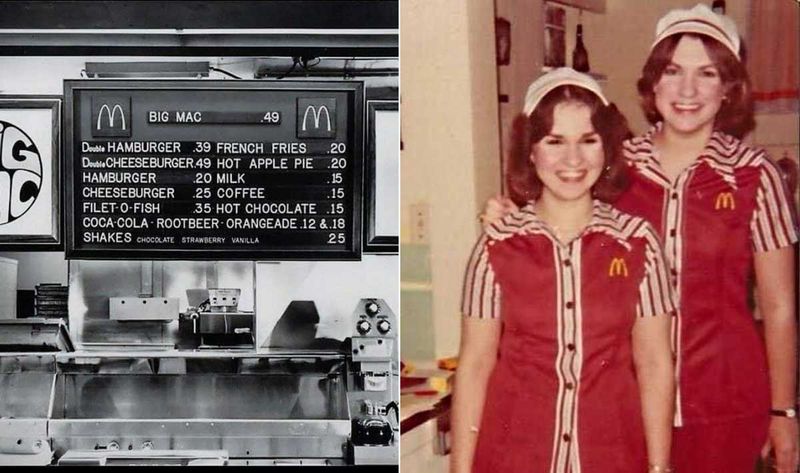Remember when life seemed less complicated? Before our days were filled with endless notifications and digital distractions? There’s something comforting about reminiscing about simpler times when connections felt more genuine and moments more precious. As technology continues to transform our daily experiences, many of us find ourselves longing for certain aspects of the past that brought joy, community, and authenticity to our lives.
1. Spontaneous Visits from Neighbors
The doorbell would ring unexpectedly, and there stood your neighbor with a freshly baked pie or just stopping by for a chat. No text messages to schedule, no calendar invites – just genuine human connection happening organically.
Children played while adults caught up on community happenings over coffee. These impromptu gatherings strengthened neighborhood bonds in ways that planned meetups rarely achieve.
Today’s world of scheduled appointments and digital communication has sacrificed the beautiful randomness of someone thinking about you and simply showing up at your door, ready to share their time and stories.
2. Handwritten Letters and Cards
Opening the mailbox to find personal correspondence once brought a special thrill. The unique handwriting of loved ones, sometimes accompanied by doodles or pressed flowers, carried personality no email could match.
People invested real time and thought into letter writing. The wait between sending and receiving created a sweet anticipation that made the eventual arrival all the more meaningful.
Those folded pages held tangible evidence of someone’s affection – pages you could save in boxes, rediscover years later, and hold in your hands as physical connections to important relationships and moments in your life.
3. Waiting for Film to Develop
The anticipation was half the joy! After carefully selecting each shot (because film was limited and precious), you’d drop off that little canister at the photo counter, knowing you’d need to wait days to see the results.
That first moment of opening the envelope was magical. Sometimes disappointment awaited with blurry images or closed eyes, but often there were unexpected treasures – candid moments you’d forgotten taking.
Each photograph felt valuable because it cost something – time, money, and patience. This built-in waiting period made memories feel more significant than today’s instant digital captures that often disappear into overstuffed phone galleries.
4. Saturday Morning Cartoons
Alarm clocks weren’t needed on Saturday mornings – kids naturally woke at dawn, racing downstairs in pajamas to claim the best spot before the cartoon lineup began. The weekly ritual combined anticipation with pure childhood joy.
Bowls of sugary cereal balanced on laps as familiar theme songs signaled the start of favorite shows. Parents enjoyed the predictable schedule that kept children entertained while they caught extra sleep or prepared weekend activities.
Unlike today’s on-demand streaming, these scheduled broadcasts created shared cultural moments – everyone at school Monday would be discussing the same episodes, building communal experiences that spanned neighborhoods and generations.
5. Physical Photo Albums
Heavy books with sticky pages and protective plastic sheets once held our visual histories. Creating these albums was an art form – selecting the best prints, arranging them thoughtfully, and adding handwritten captions to preserve the stories behind each image.
Family gatherings often centered around these treasured collections. Multiple generations would huddle together on couches, turning pages while elder relatives shared details about distant relatives or forgotten adventures.
The physical nature of these albums meant they survived technology changes and system crashes. They remained accessible without passwords or cloud storage, ready to transport you back in time with just the turn of a page.
6. Truly Unplugged Vacations
Vacations once meant complete separation from work and routine responsibilities. No email checking, no social media updates – just present-moment living in new surroundings with the people who mattered most.
The lack of digital tethers created space for genuine adventure and discovery. Travelers relied on local knowledge, paper maps, and serendipitous encounters rather than curated online reviews and GPS directions.
Evening conversations happened over meals instead of devices. Without the constant pull of notifications, people experienced deeper connections with travel companions and more authentic interactions with the places they visited, returning home truly refreshed rather than digitally exhausted.
7. Drive-In Movie Theaters
The excitement began with packing the car full of blankets, pillows, and homemade snacks before heading to the massive outdoor screen as dusk approached. Your vehicle became your personal viewing space – a perfect blend of public entertainment and private comfort.
Children often arrived in pajamas, knowing they’d likely fall asleep during the second feature. The scratchy sound from window-mounted speakers added to the charm of this uniquely American experience.
Between films, families would visit the concession stand or playground, creating a festive atmosphere that modern multiplexes rarely capture. The shared experience under starry skies created memories that standard indoor theaters simply can’t replicate.
8. Navigating with Paper Maps
Unfolding that massive paper map across the dashboard or hood of the car was practically an art form! Road trips required planning and teamwork – one person driving while another deciphered the colorful network of highways and backroads.
Wrong turns became unexpected adventures rather than GPS recalculation frustrations. Travelers developed genuine navigation skills and spatial awareness, often discovering charming small towns or scenic viewpoints that no algorithm would recommend.
Those well-worn maps told stories through coffee stains and highlighted routes, becoming souvenirs of journeys taken. Each crease and tear represented a memory made while finding your way through the world without digital assistance.
9. Weekly Television Anticipation
“Did you see last night’s episode?” This question sparked playground and water cooler conversations everywhere. When favorite shows aired just once a week, viewing became an event worthy of planning your schedule around.
The shared cultural experience created genuine suspense between episodes. Fans speculated about plot developments and character arcs for days, building communities around beloved shows long before online forums existed.
Missing an episode meant truly missing out – no streaming or immediate replays existed. This scarcity made television viewing more intentional and appreciated, transforming ordinary weeknights into anticipated rituals that brought friends and families together in real time.
10. Family Dinner Without Distractions
The dinner table once served as the heart of family life – a sacred space where the day’s experiences were shared without the competition of screens or notifications. Everyone arrived hungry not just for food but for connection.
Conversations flowed naturally between generations. Children learned the art of discussion by listening to adults and gradually finding their own voices in family debates and storytelling traditions.
These consistent gatherings created a rhythm to family life that built security and belonging. The simple act of passing dishes and maintaining eye contact fostered deeper bonds than any number of digital interactions can replace, nourishing both bodies and relationships.
11. Video Rental Store Adventures
Friday nights meant one thing – the pilgrimage to Blockbuster or your local video store! Walking through those aisles was a sensory experience: the distinctive smell of plastic cases, the sound of previews playing on mounted TVs, the colorful movie posters lining the walls.
Choosing became a family negotiation as everyone advocated for their preferred films. The limited selection created a shared decision-making process unlike today’s individual streaming choices on separate devices.
The responsibility of returning tapes on time (to avoid those dreaded late fees!) taught accountability. Even the disappointment of finding your chosen movie already rented out built resilience and flexibility – valuable life skills wrapped in a simple weekend tradition.
12. Playing Outside Until Dark
Remember when the streetlights coming on was the universal signal to head home? Neighborhoods buzzed with children’s laughter as bikes zipped down sidewalks and impromptu games formed without parental scheduling or supervision.
Kids developed crucial social skills through negotiating rules, resolving conflicts, and including players of different ages and abilities. Physical challenges like climbing trees and building forts fostered confidence and risk assessment far from adult interference.
The freedom to explore created a special relationship with local geography – every child knew the shortcuts between houses, which yards to avoid, and where the best hiding spots were located. This territorial knowledge built independence and community belonging simultaneously.
13. Listening to Complete Albums
Music wasn’t just background noise – it was an immersive experience worth your full attention. Placing a vinyl record or CD on the player, then sitting back to absorb the complete artistic vision from first track to last created a deeper appreciation for musical storytelling.
Album covers became iconic art, studied while listening. Liner notes revealed lyrics, credits, and artist insights that enhanced understanding of the creative process behind favorite songs.
Friends gathered specifically to experience new releases together, sharing reactions and discovering favorite tracks collectively. This intentional listening fostered genuine music appreciation beyond algorithm-selected playlists, creating emotional connections to albums that often lasted a lifetime.
14. Private Journaling and Diaries
The little lock and key on those velvet-covered diaries promised something truly rare today – complete privacy for your thoughts. Writing without an audience allowed for honest reflection impossible in the performative world of social media.
Entries captured raw emotions and unfiltered experiences. The physical act of handwriting slowed thinking, creating space for deeper processing of feelings and events that quick digital updates rarely allow.
Years later, these journals became time capsules of authentic personal history. Rediscovering your younger voice through these pages offers perspective on personal growth that disappearing digital stories can’t provide – a conversation with your past self that reveals how far you’ve truly come.
15. Phone Calls That Meant Something
Long-distance calls once required financial investment, making each minute precious and purposeful. Family members gathered around shared phones, passing the receiver to ensure everyone had speaking time with distant loved ones.
The focus remained entirely on conversation without the distractions of multitasking. Voices carried emotional nuances that text cannot replicate – excitement, concern, and affection were immediately apparent through tone and timing.
Telephone directories and memorized numbers connected us to our communities. Dialing those familiar patterns created muscle memory tied to important relationships, unlike today’s anonymous contacts lists that require no personal recall or investment to maintain connections across physical distances.
16. Patience and Delayed Gratification
Waiting was once a normal part of life that built character and appreciation. Whether standing in line for concert tickets, saving money for a special purchase, or anticipating a holiday, the delay between wanting and having created meaningful anticipation.
Children learned valuable lessons through this waiting. Birthday parties and special occasions felt truly extraordinary because they weren’t instant or on-demand experiences available anytime.
The effort required to obtain information or experiences – researching in libraries, writing letters for brochures, or traveling to specialty stores – made the eventual reward more satisfying. This built-in patience cultivated resilience and appreciation that immediate digital fulfillment rarely develops in today’s instant-access world.


